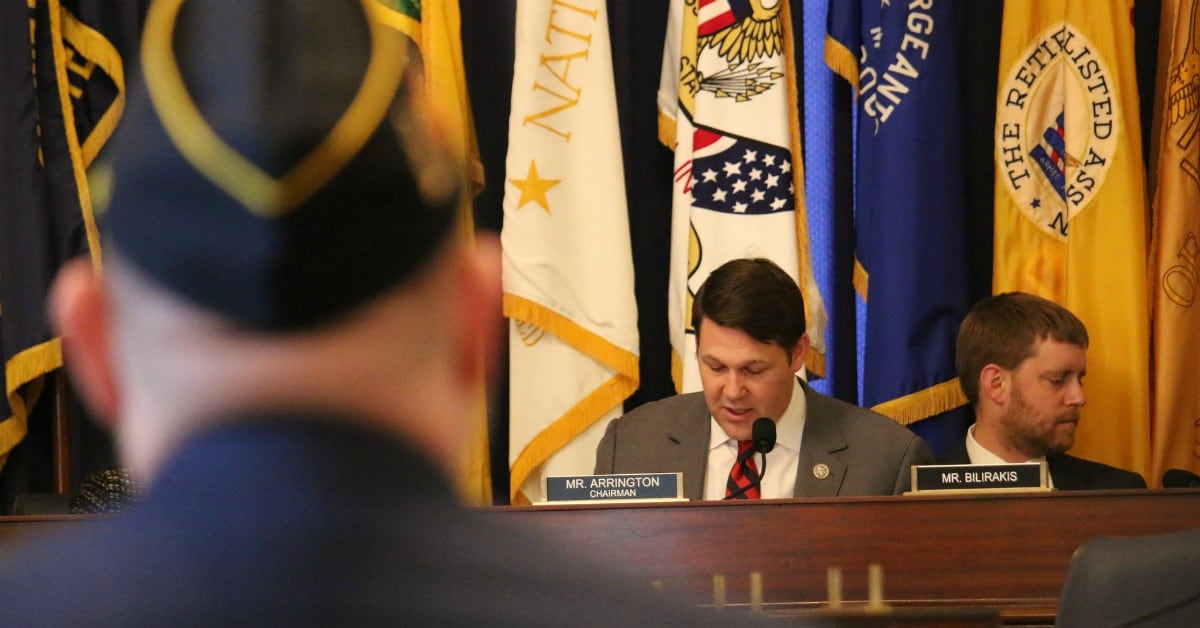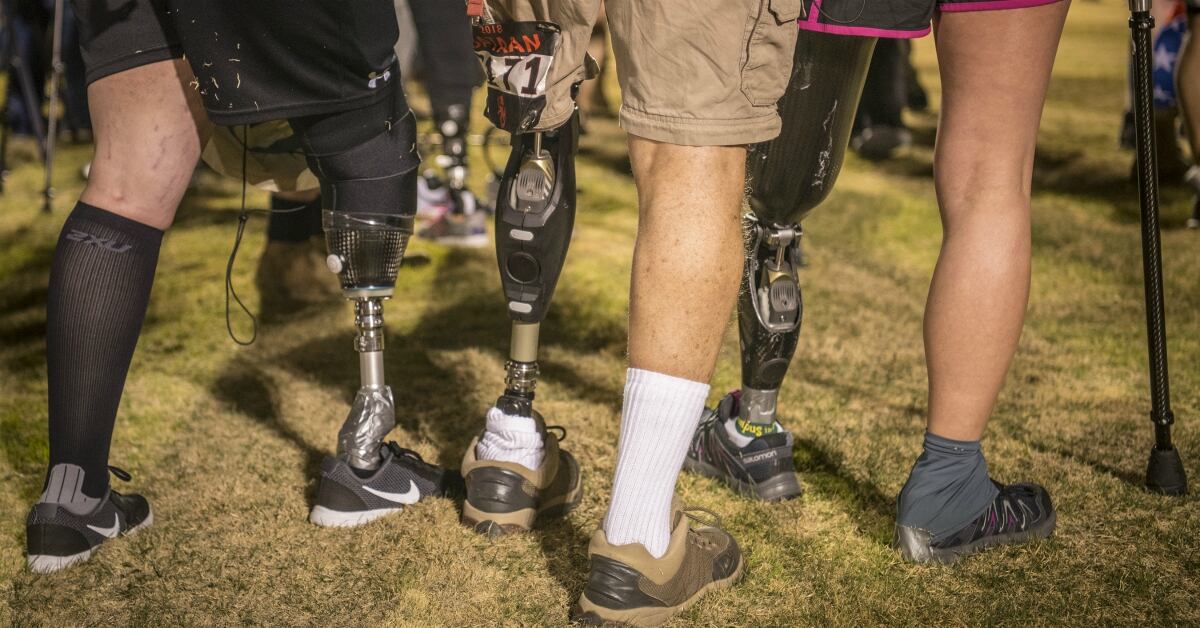In 2015, the Veterans Affairs Department started tackling a project more than a decade overdue: bringing its rehabilitation program for disabled veterans into the 21st century by converting its paper-based case management system to a digital one.
Three years and $12 million later, there’s not much to show for it.
VA officials didn’t realize until December 2017 that there was a major glitch with the new electronic management system for the department’s Vocational Rehabilitation and Employment program. The project came to a halt in February after it failed to pass the necessary user tests, and officials are now considering the best way to move forward — including by pulling the plug entirely and starting over with a commercial product instead of continuing to build one in-house.
In all, the VA paid about $6.5 million to a contractor and spent another $5.5 on staff time and other resources, according to statements made during the hearing. A VA spokesman later put the estimate at $11.8 million and said the project was funded up to $13 million.
Lawmakers from both parties were visibly frustrated, saying the project had “gone off the rails” and calling it a “failure” and “colossal mistake.” One questioned whether VA’s leaders really prioritize the program, which provided employment services to more than 132,000 veterans with service-connected disabilities last fiscal year.
“You’re stuck in 1997 with a No. 2 pencil and a Big Chief tablet for your caseworkers,” said Rep. Jodey Arrington, R-Texas.
Lloyd Thrower, deputy chief information officer and benefits account manager of the VA’s IT office, said the project suffered from poor communication. Additionally, the IT office has had a lot of turnover in the last few years, and all of the project’s senior leaders at the time of its inception have either left the VA or changed positions, he said.
“I have been looking really hard at this because this bothers the heck out of me, too,” said Thrower, who has been in his role for about six months.
He told representatives he does not know when the project will be complete or what the final cost will be.
“We will know costs when we’ve completed that assessment,” a VA spokesman told Military Times. “Given our objective of delivering the best possible solution to serve our veterans, we are assessing options based on a combination of cost, quality and time-to-market.”
He said the conversion of inactive case files to digital records is nearly complete; however, active case files remain in paper format.
When asked if the project was, indeed, a waste, as members of Congress claim, the spokesman said many features of the case management are complete and have received favorable feedback.
“If we choose to complete the current effort, the incomplete case management system would have to be finished and integrated into existing systems,” he said. “Given that this effort has taken too long and more work remains, the Department feels it reasonable to look at other options.”

The number of veterans participating in Vocational Rehabilitation and Employment services grew 17 percent between fiscal 2013 and 2017 and is projected to grow another 12 percent over the next year, according to information provided to Congress.
“I don’t know how many counselors $12 million would add to the roster, but I’m certain it would be significant,” Arrington said.
The Disabled American Veterans organization echoed the congressman’s sentiments. DAV, Paralyzed Veterans of America and other advocacy groups have previously pushed for more counselors.
“The $12 million that was apparently wasted in a failed attempt to create an electronic case management system could have funded two-thirds the number of new (vocational rehabilitation counselors) we recommended,” Joy Ilem, DAV’s national legislative director, said in an email.
Currently, the veteran-to-counselor ratio is at a rolling average of 133 to one, down from 140 at the end of fiscal 2016, according to the VA. But some areas are seeing ratios as high as 225 veterans to one counselor.
“VA must ensure accountability throughout the agency at every level, and specifically for this failed project that cost $12 million and has apparently produced no usable end product,” said Ilem, who is herself a veteran with a service-connected disability. “Resources are a valuable commodity within VA and to potentially waste $12 million that could have been directed to assist veterans in other ways is troubling.”
Heather Ansley, acting associate executive director of government relations for the 18,000-member Paralyzed Veterans of America, told Military Times ”the need for a paperless system is real.” And whether it was an employee or a process that failed, “It’s important for VA to figure out what happened and to make sure that it doesn’t happen again.”
Despite lawmakers’ push for repercussions, it’s unclear who will be held accountable for the technical blunder — if anyone. As of Wednesday, the VA had “no accountability actions to announce,” but the spokesman said the agency is continuing to look into where things went wrong.
“I don’t know any place in the world, any market, any sector of the economy, any industry — private or public enterprise — where $12 million is wasted, somebody’s job wasn’t on the line,” Arrington said. “I don’t imagine anybody is going to get fired and that frustrates the dog out of me.”
Rep. Beto O’Rourke, D-Texas, said this situation does not inspire confidence in the VA.
“I think as we try to foster a culture of accountability and excellence for the delivery of care and earned benefits to veterans, to see this kind of money wasted, this lack of performance, it just undermines veterans’ and their families’ faith in the VA,” he said.
House lawmakers tasked the VA with providing an updated budget and completion date for the project. Thrower said officials should have more information in June.
Military Times contributor and former reporter Natalie Gross hosts the Spouse Angle podcast. She grew up in a military family and has a master's degree in journalism from Georgetown University.





